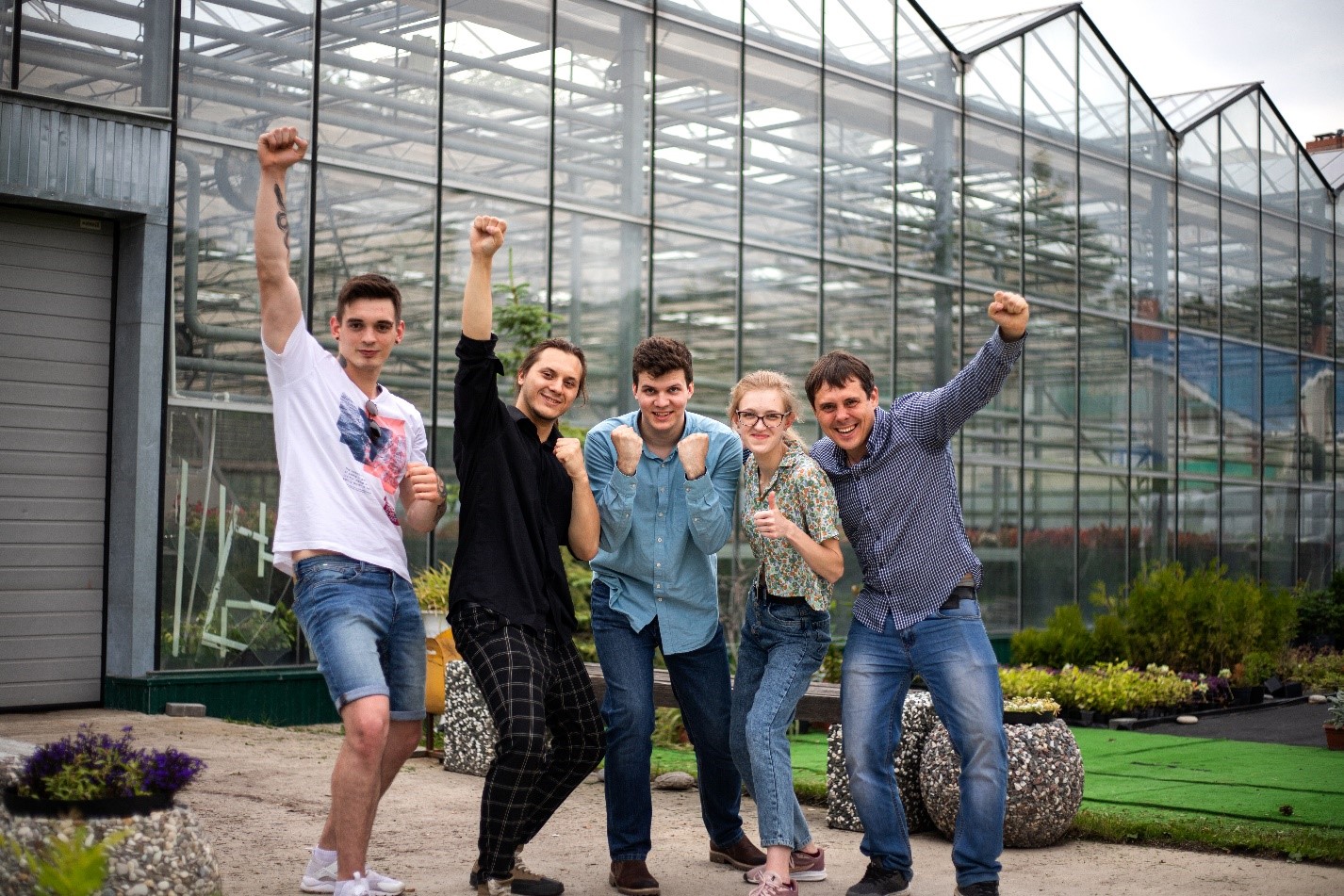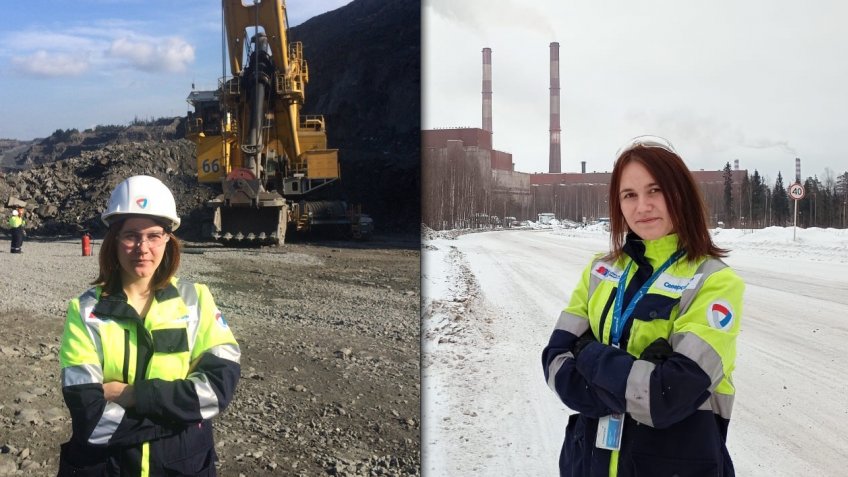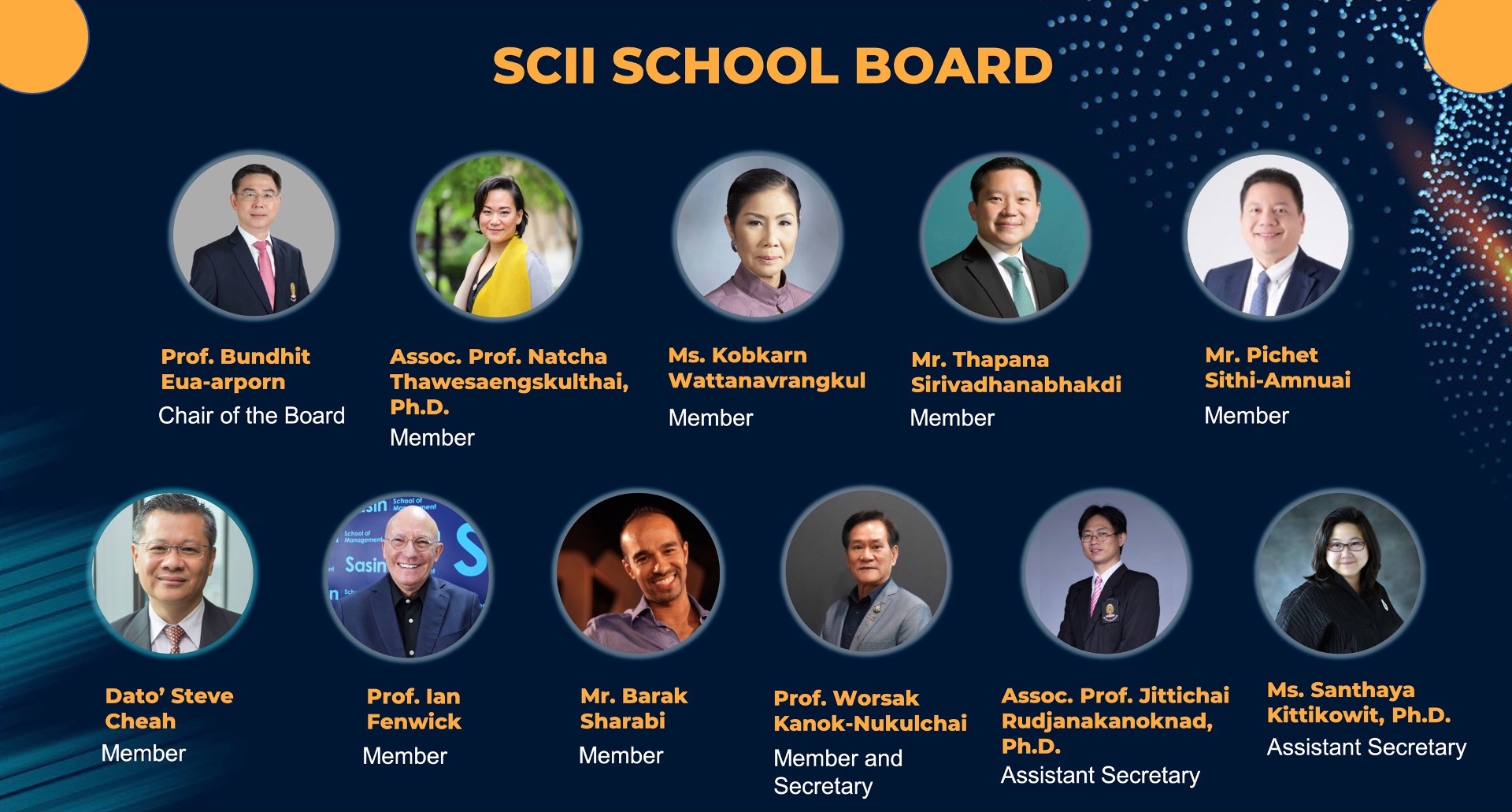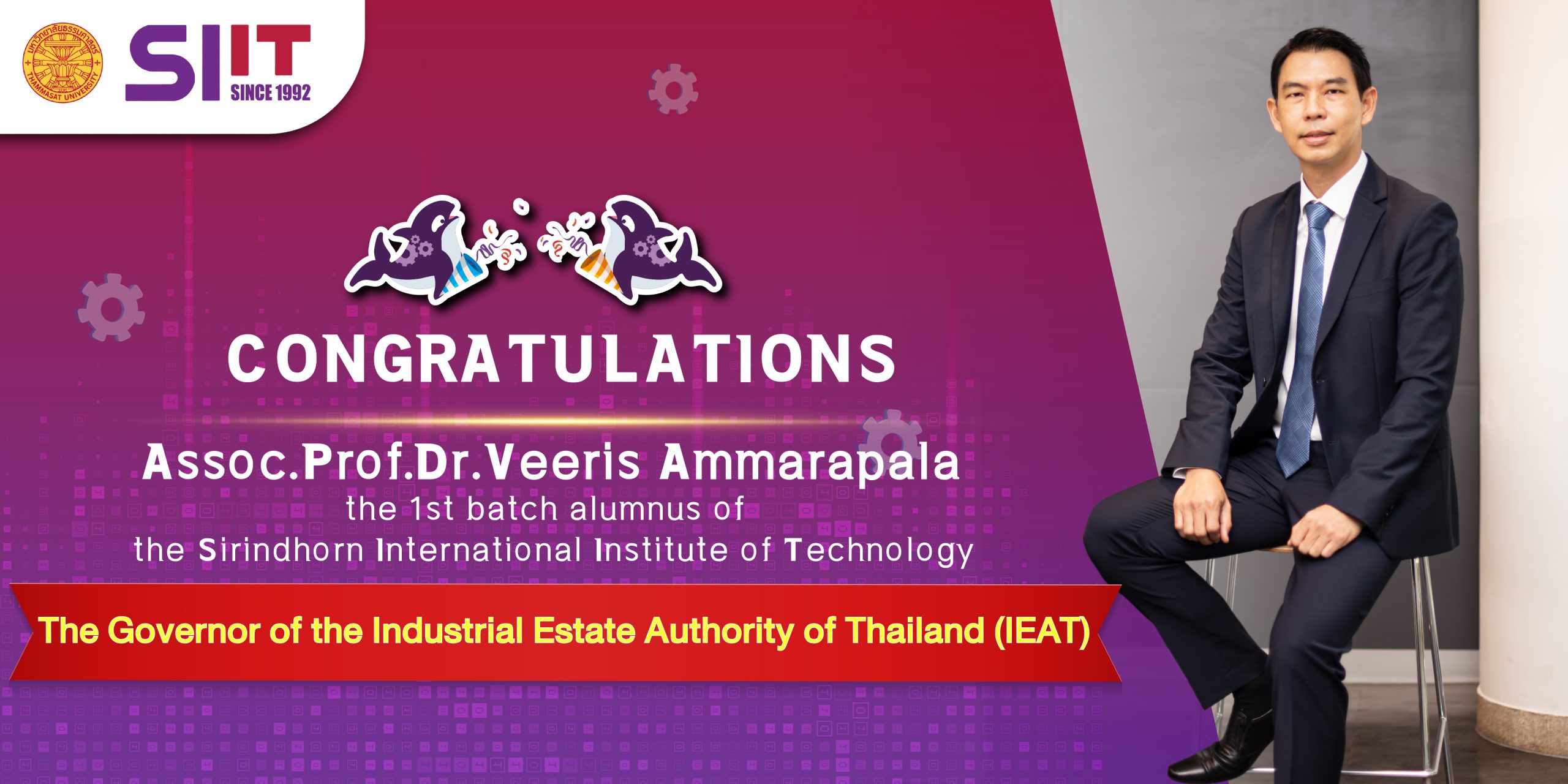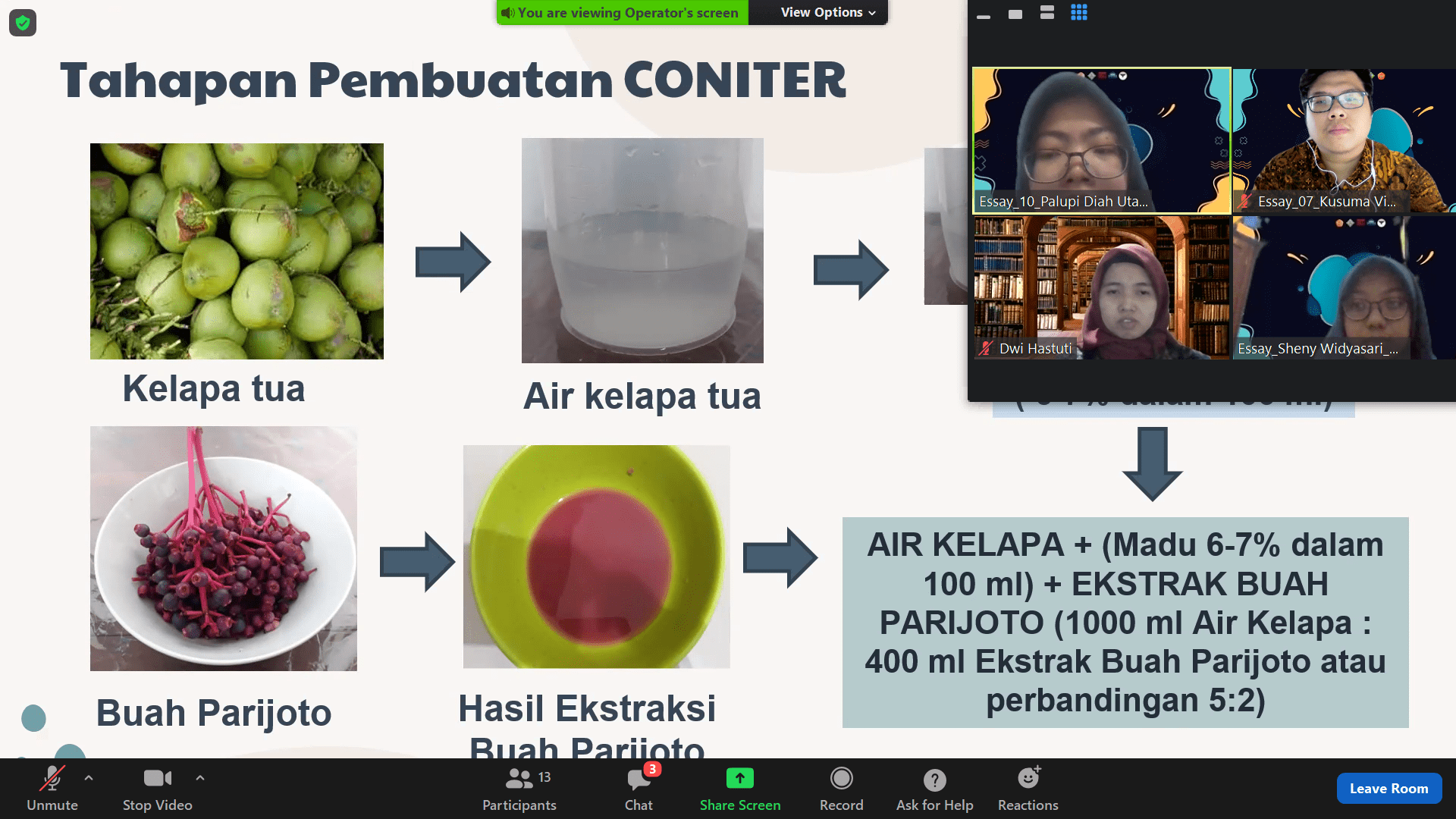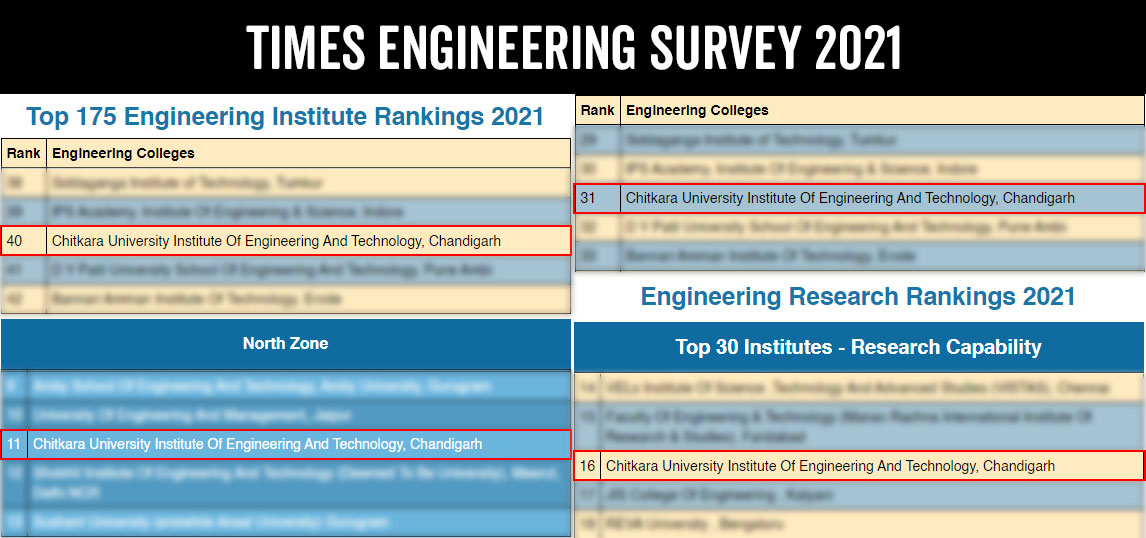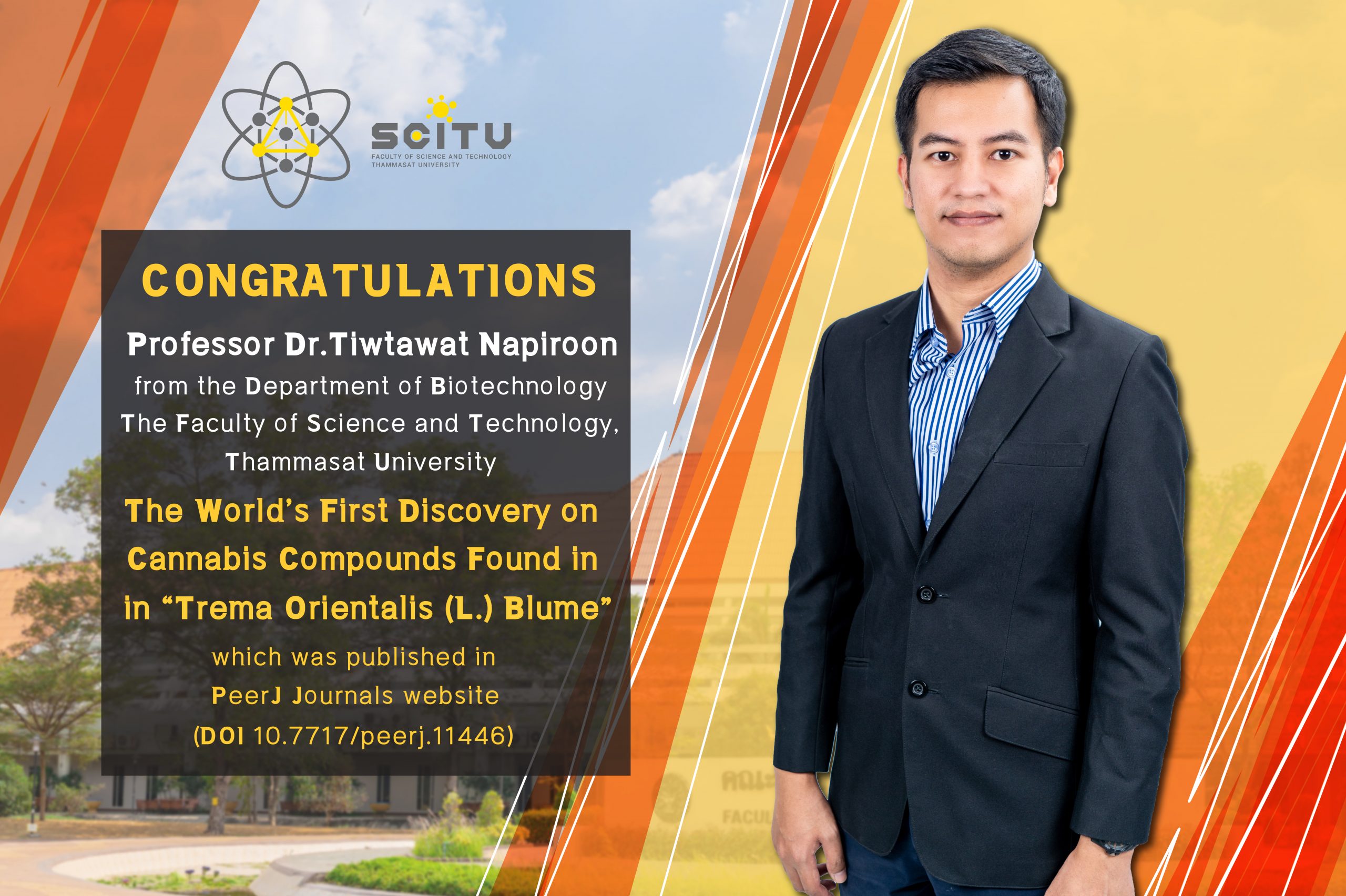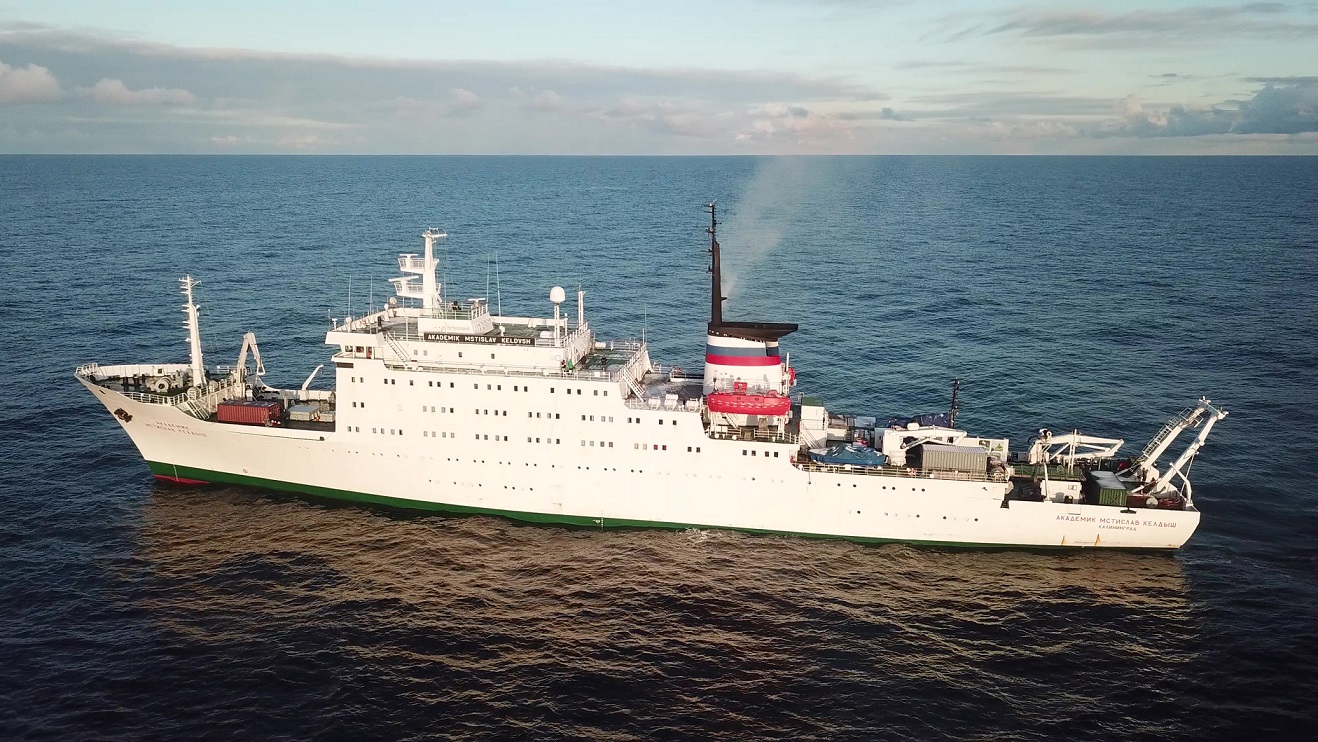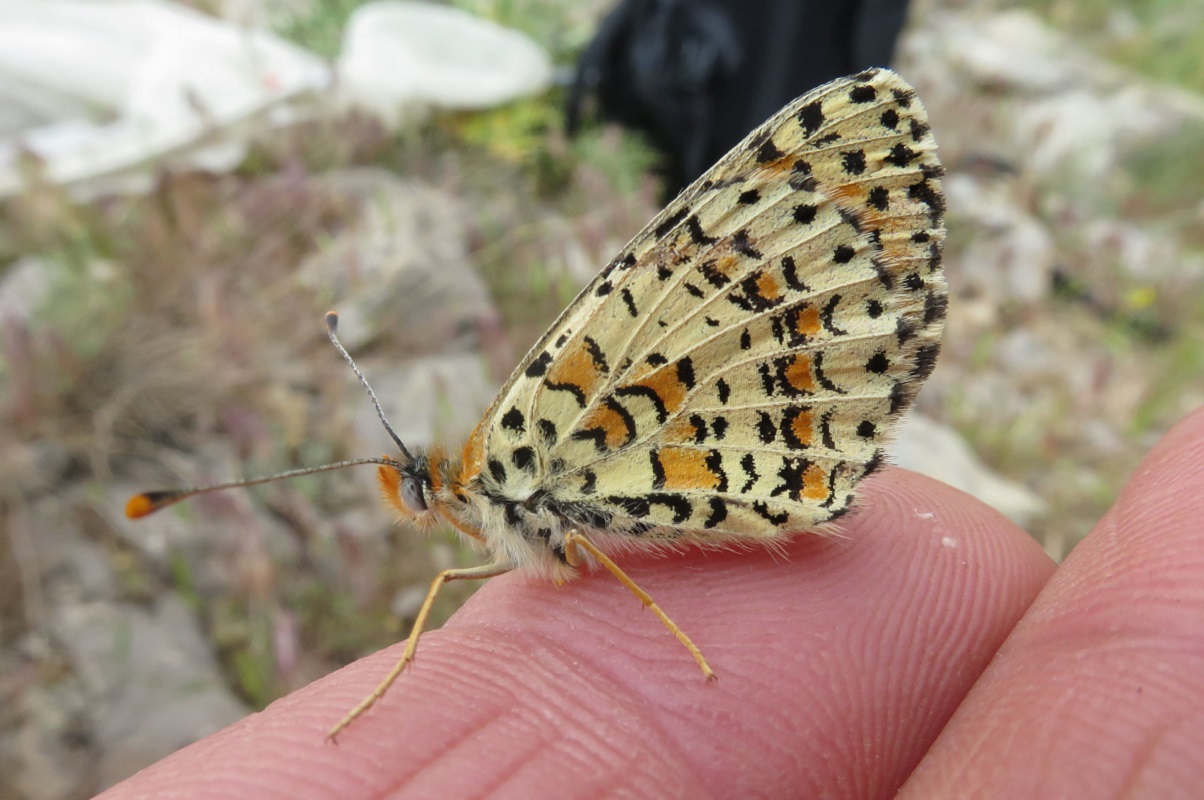Trebas Institute and ICEBOX Music are proud to announce the launch of MapleStream, an online music platform dedicated to supporting Canadian artists and promoting fair pay for musicians.
Leading the development of MapleStream is Rick Levine, Professor in the Entertainment Management Programme at Trebas Institute and Founder of ICEBOX Music, a music industry literacy platform.
Levine, an American who has lived in Canada for over 25 years, established ICEBOX Music in 2000 to promote his own music aspirations. He soon realised how rich and diverse the Canadian music landscape was.
“I understood that for indie and emerging artists, most talent would never receive the recognition they deserve.” Says Levine.
“Today, I am in the process of creating a uniquely Canadian music streaming platform to ensure indie artists are recognized and fairly monetized,” said Levine.
Rick has been asked many times why he is doing this now. The answer is simple. With streaming royalties generating fractions of a penny per stream, the time is right to “turn the music industry on its head”, which means putting the music creators first.
“The age of exploiting music artists needs to end now,” says Levine.
“The strength of a vibrant thriving national music industry benefits the overall Canadian economy. We can do it in Canada and show the rest of the world how to do it right. I believe a branded Canadian music platform brings value to all Canadian musicians and allows our music to be marketed and exported globally.”
Working alongside Rick and his son Noah Levine are William Noseworthy and Abdoulaye Tandia, recent alumni of the Entertainment Management Program at Trebas. They got involved with MapleStream in March 2021 through an internship, the ideal opportunity to gain first-hand experience in the music industry.
William found himself gravitating toward music support roles that led to expanding his business knowledge and expertise at Trebas, with an eye toward operating an artist and label services business.
With a background in business, Abdou joined the entertainment management program because of his passion for music. He wanted to know how he could contribute. Abdou figured the best way was to enrol in a school that gave him the opportunity to work in the industry and immerse himself in the business.
Internship opportunities are part of the support that Trebas offers to its students. Abdou and William had the opportunity to apply the skills learned in the classroom in a real business environment, gaining experience they will be able to bring to future projects.
“William and Abdou made great contributions to our project. I am excited to see what they will achieve in their careers,” added Levine.
MapleStream has two main benefits: it will raise the profile of Canadian music globally and fairly compensate Canadian musicians. Donations can be made on www.crowdfund.ca in order to promote the initiative beyond the country’s borders.
The goal of $30,000 has yet to be achieved, but the hope is that the campaign will succeed in reaching its goal once artists and fans hear about this new platform. Musicians who are not yet signed, are encouraged to send their music to the team at Maple Stream for consideration and the music will be selected and uploaded to the platform where they can begin to earn money.




